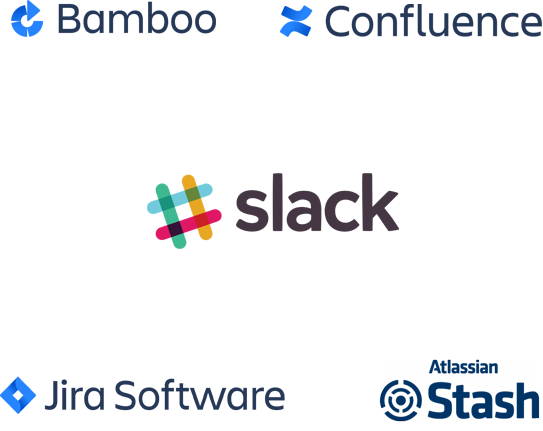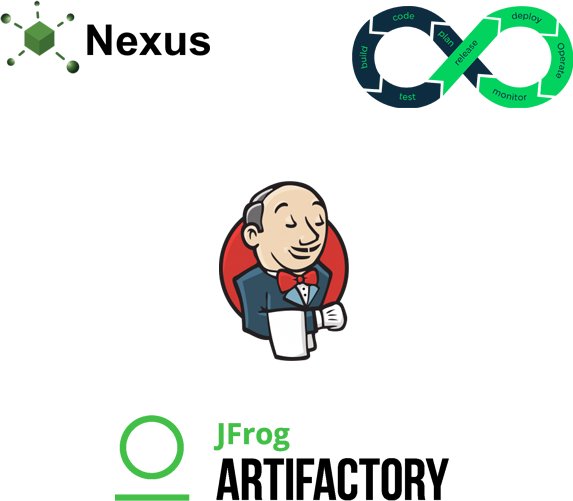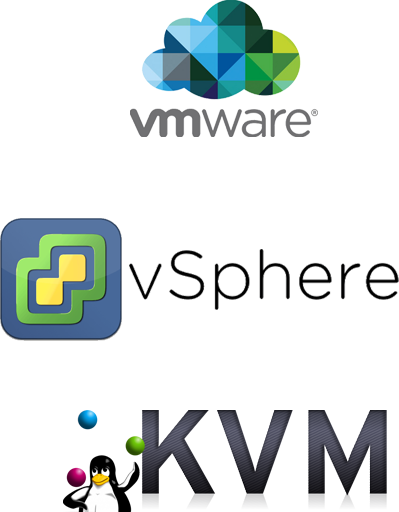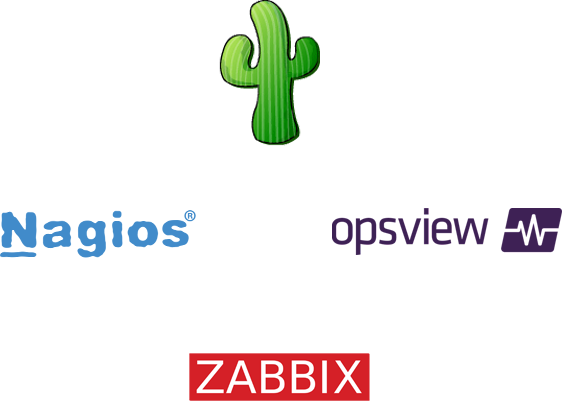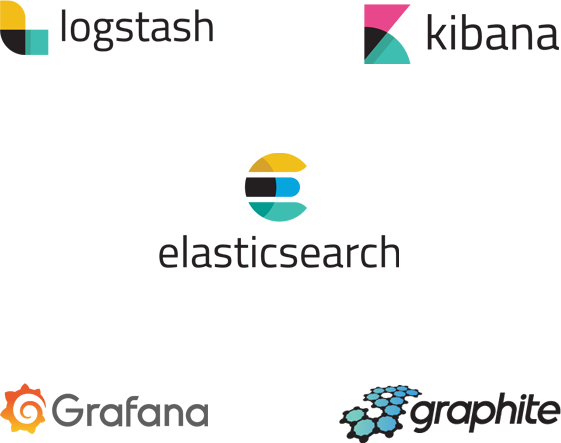Atlassian
Bamboo
Bamboo allows developers to build, test, and release projects, or parts of projects, together in a single workflow. It can function as a CI and build server, run automated tests and troubleshoot, deploy via use of automation and permissions, and then connect with other solutions such as Jira Software, Bitbucket and Fisheye. Users can also choose from over 150 add-ons in the Bamboo marketplace, or developers can choose to make their own.
Stash
Atlassian Stash is a Git repository management system for enterprise teams and it provides them with a centralised solution that goes behind and beyond the firewall. Hosting an internal source control server and maintaining access to repositories can be an incredibly complex and time-consuming process but through using Stash, users can concentrate on building top-quality software whilst Stash takes care of repository matters in the background. As one of the most popular version control systems, it gives developers the option to branch off and work on their own and then to easily integrate the code back into the larger project meaning quicker development times when compared to centralised version control options.
Jira
Billed as the number one development tool utilised by agile teams, Jira Software enables teams to efficiently roadmap, plan, track, and then release great software and applications. With an easy-to-use interface and real-time reporting and performance visualisation, it allows teams to develop and mould the software to suit their individual needs. Jira also offers integration with tools such as Confluence
, Bitbucket, and hundreds of other well-known developer tools.
Confluence
Confluence is a platform that connects teams with content, information, knowledge and coworkers so they are able to collaborate on projects to get things done quicker. Events such as meeting notes, project plans, release notes, roadmaps, and required documents can be shared and organised, all whilst integrating dynamic content and multimedia. Users are then able to leave feedback within the work without having to navigate cumbersome email or chat threads. With a powerful inbuilt search engine, structured hierarchy, and a feature that allows you to create a space for each team, project, or department, Confluence is great for businesses that have multiple offices, locations, or remote workers.
Slack
Slack is a cloud-based tool that nurtures collaboration between teams, team-members and even external third-parties. Its primary function is to facilitate communication between individuals and groups as well as providing for the sharing of documents, tools, and files. Slack channels can be divided up by project, client, team or any other requirement and it also allows voice, videos, and screensharing as well. Whether you are a group of freelancing friends or a team of developers within a multinational organisation, Slack is there to make all aspects of communication and collaboration easier and more efficient.



